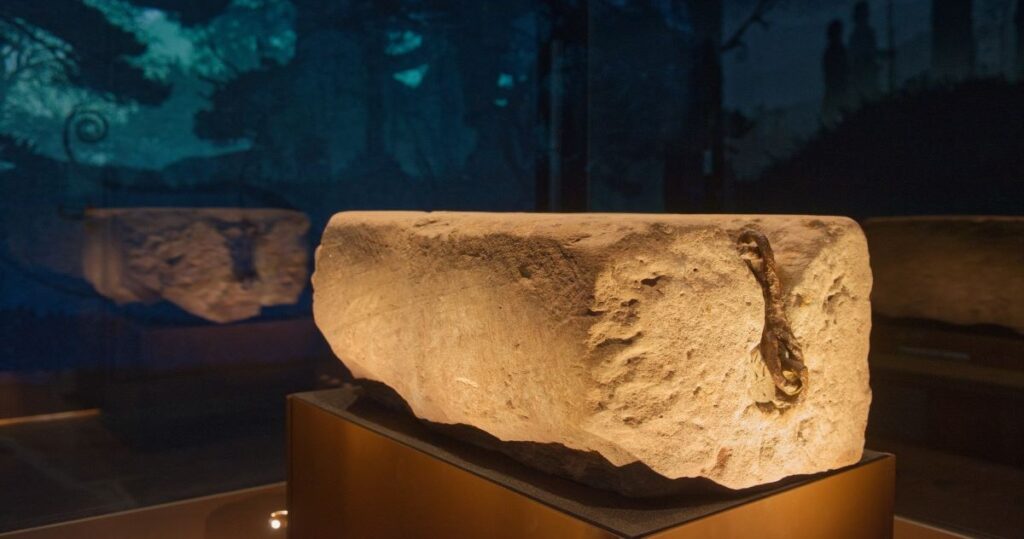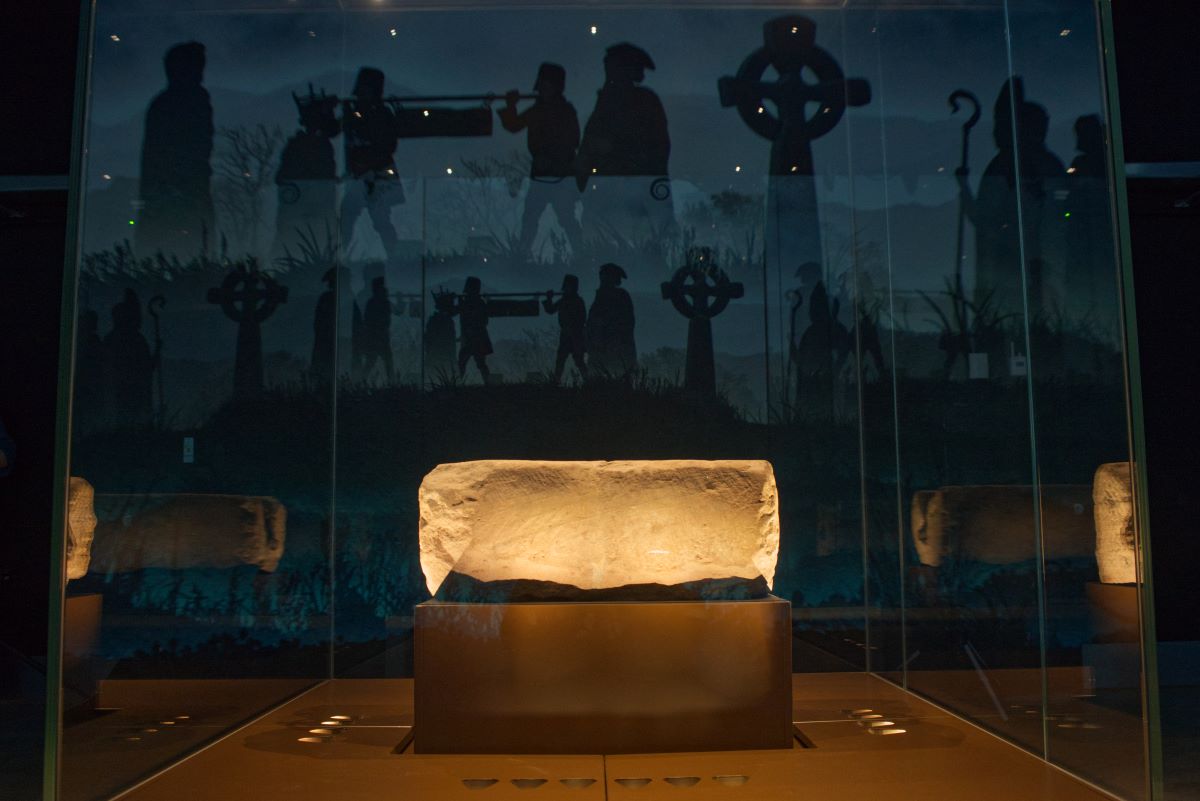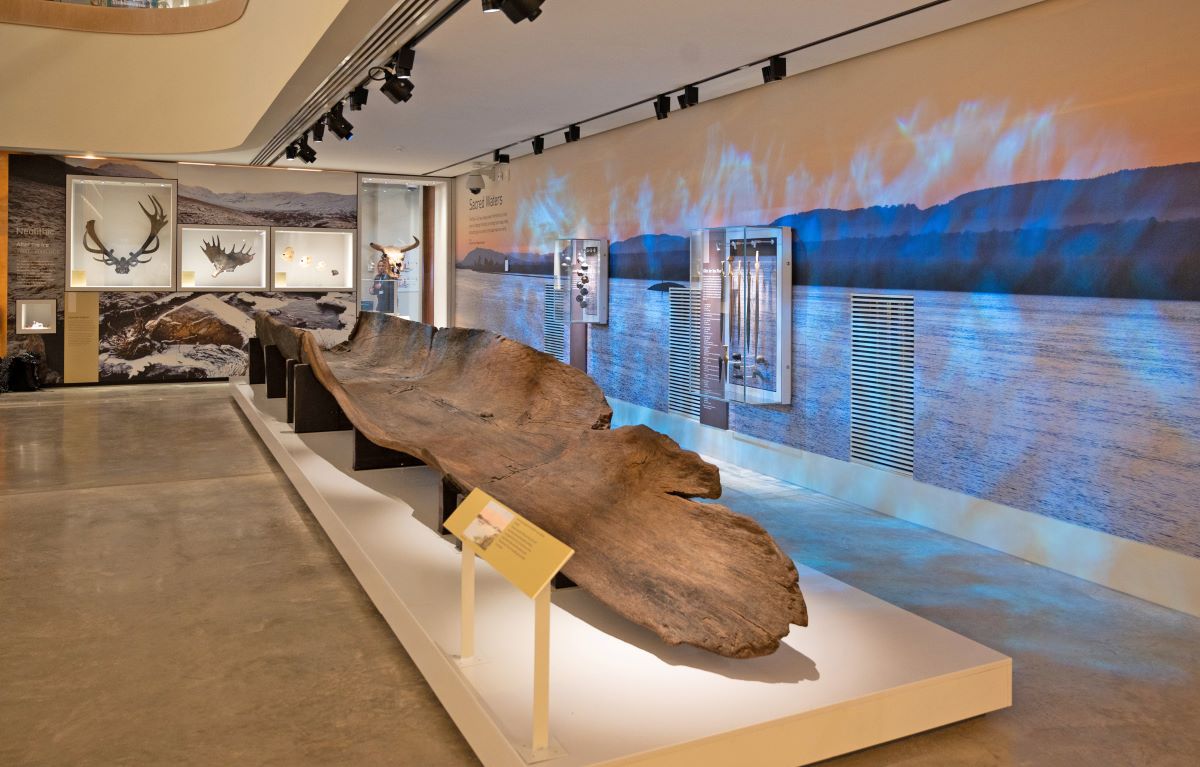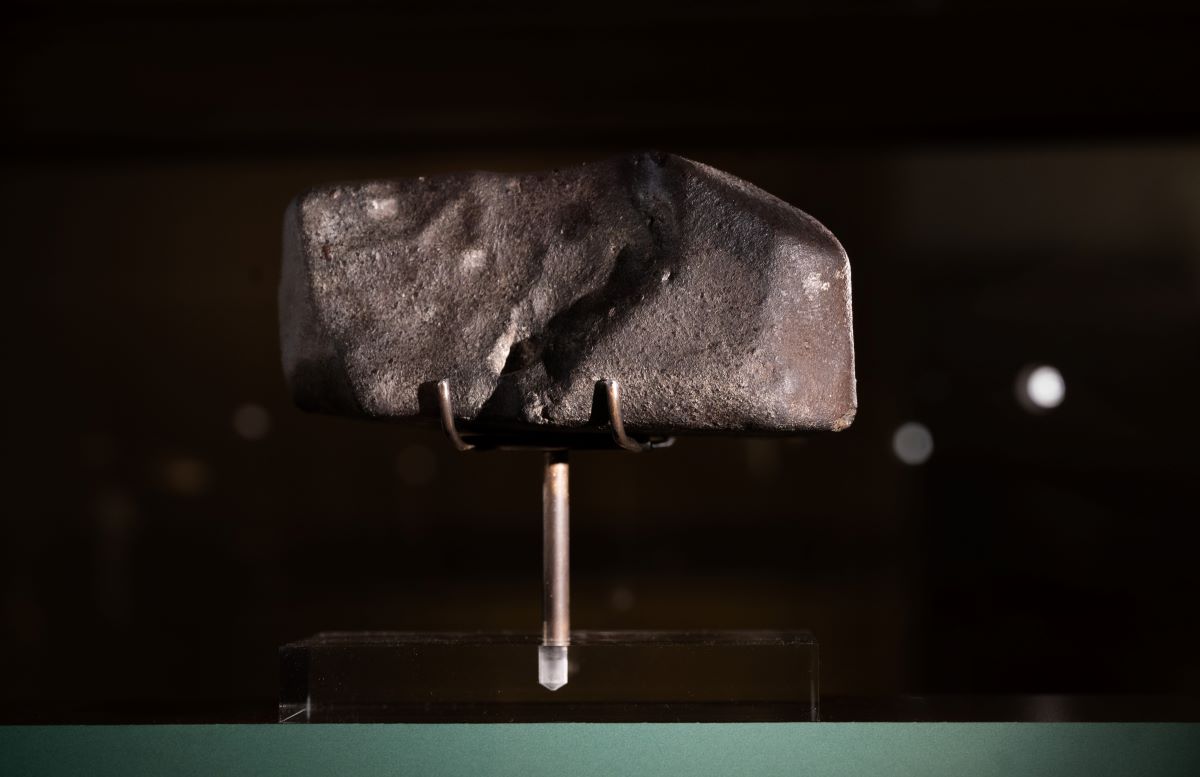
Perth Museum: Stone of Destiny takes centre stage at new £27m attraction
More than 700 years since it left Scone, the Stone of Destiny has become the centrepiece of the new £27 million Perth Museum.
The ancient symbol of Scotland’s monarchy was seized by King Edward I of England in the late 13th century and remained in England for 700 years. It was returned to Scotland in 1996 and placed in Edinburgh Castle.
But nearly three decades later it has moved to its new home in Perth. The museum, which is now open, breathes new life into the former city hall which was nearly demolished.

The stone was returned to Scotland in 1996 and placed in Edinburgh Castle.
Using a range of bronze tools, including axes, the log was hollowed out and turned into a boat.
The vessel is a rare survival of the Bronze Age due to the peaty soil composition of the Perth and Tay Estuary area, a unique environment that preserves ancient organic material that would usually be lost to time.
Radiocarbon-dated to around 1,000 BC, the logboat is one of the oldest and best-preserved of its kind in Scotland, giving a tantalising glimpse of the thriving life and advanced technology of the past on Perth’s doorstep.
The boat could have carried up to 14 people across the river. The Carpow stretch of the river had several ferry sites as recently as the 19th century, some of them operational since at least the Roman Iron Age.

Carpow Logboat, 1,000 BC. Credit: Culture Perth and Kinross.
The collection will also showcase the Strathmore meteorite, the largest ever recorded in Scotland.
On a crisp day in December 1917, a bright ball was suddenly seen in the skies, witnessed by people from County Durham to Aberdeenshire.
The fireball passed overhead then hit the ground and exploded, scattering the meteorite into four pieces across Coupar Angus and Blairgowrie.
Four fragments were recovered and have become known by the places they landed in Corston, Essendy – this last one was the biggest fragment, weighing 22lb.
Workers on the Easter Essendy farm heard a heavy thud and noticed a flock of sheep scattering away.

The Strathmore Meteorite. Credit: Culture Perth and Kinross.
Read more News stories here.
Subscribe to read the latest issue of Scottish Field.
TAGS

